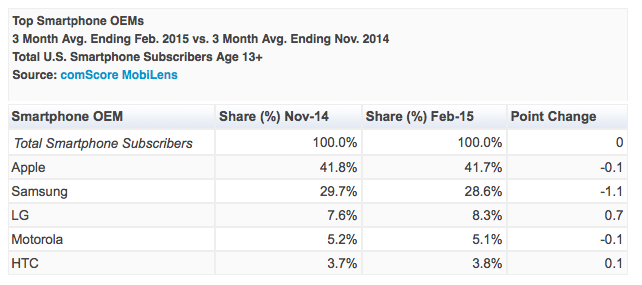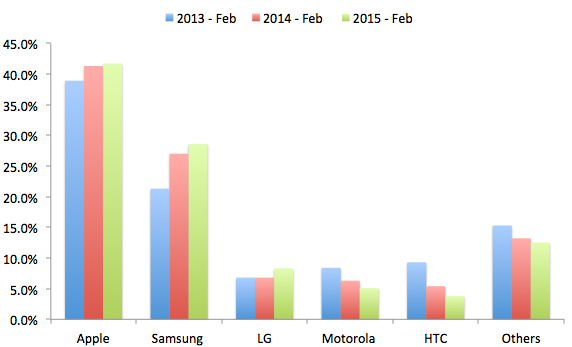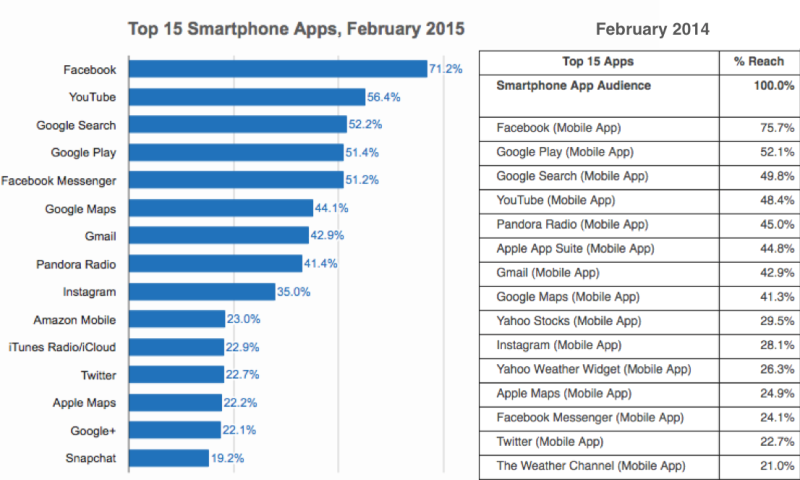Mobile search has gotten a lot of attention this year as it has overtaken desktop search in many metrics, but a new report from mobile loyalty company SessionM shows how ubiquitous the use of mobile devices to aid in the shopping experience has become.
SessionM surveyed 12,000 randomly selected US smartphone users on their mobile shopping behaviors and the findings highlight just how large a role mobile devices play in the shopping process.
The company said 85 percent of respondents reported their m-commerce buying was steady or had increased compared to a year ago while approximately 15 percent told the company mobile buying had increased “significantly.
Personal data security and/or poor user experiences (e.g., too small images or text) were cited as barriers preventing mobile e-commerce from more growth.
According to the findings, more than 90 percent of respondents had made a retail purchase within the past 90 days before the study. The majority (73 percent) of those purchases were made in traditional, brick-and-mortar stores, and approximately 53 percent said they found the in-store experience superior to online/mobile shopping.
However, the study also found mobile search plays a vital role in the in-store shopping process. The overwhelming majority of respondents (90 percent) said they use their smartphones in stores while shopping. The top activities on smartphones while in-stores breaks down as follows:
- Price comparisons — 54 percent
- Looking up product information — 48 percent
- Checking reviews online — 42 percent
SessionM also had recommendations for valuable marketing opportunities for retailers from the data:
- Opportunity surrounding in-store push notifications about deals/offers (57 percent were more likely to shop at a store if available)
- Loyalty programs (76 percent would be more likely to shop at a store if available)
The data confirms what several other studies have found in the past. Shoppers are using their smartphones in stores to help them make informed purchases, but many retailers are failing to take advantage of any of the opportunities this presents.
















